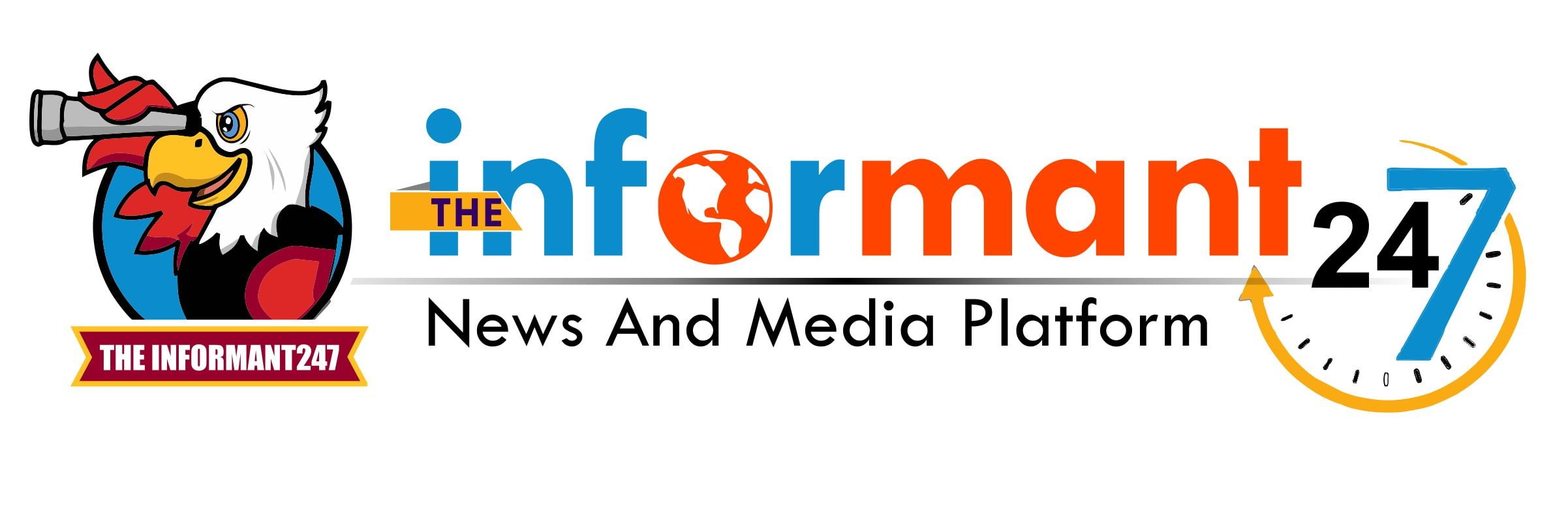Looking back | Haruna Ishola, the father of Nigeria’s Apala music

In terms of cultural output, Nigeria is unrivalled in Africa. One of the ways in which it exhibits its culture and heritage is through the art of “Music”. Nigerian music projects its style, message, and structure in a unique way which represents a historic relationship with the past and gives opportunity of learning in order for the present to be understood better.
Our style of traditional music is that type of music that is created entirely from traditional elements such as Apala, Sakara, Waka, Fuji, and Afrobeat music. However, the major focus here is the “Apala music”.
Apala is a popular genre of music that functioned as a form of cultural resistance–Apala music involved no western instrumentation and is sung in the Yoruba language. The music genre is a form of resistance (cultural) to the British Empire’s colonial rule over Nigeria which lasted until the independence of the country in 1960. The root of the music genre can be traced back to the 90s. Over time, it has become less religious. The genre possesses a variety of disciplines, including music, linguistics, history, religion, and others.
In the decades leading to the Nigerian independence in 1960, Apala music developed when amateur musicians would play to arouse the faithful after the long fast of Ramadan. Then, young Muslims come together to make music to wake people up for the early morning meal (Saari). However, Apala has no specific date of inception but it has existed for a long time under the name “ere fowo beti” during the Islamic holy month of Ramadan.
The most significant figure in Apala music is undoubtedly Haruna Ishola, He can be tagged as the father of genre. Other Nigeria’s popular Àpàlà musicians include Ligali Mukaiba, Ayinla Omowura, Adebukonla Ajao, Rapheal Ajide, RA Tikalosoro, Adeleke Aremu, Kasumu Radio, Ayisatu Alabi and others.
What traditional sources say about Apala
According to oral traditional sources, Apala is said to have been birthed in Ede. As early as 1938, a man named Balogun and his son Tijani were Apala vocalists. Another person claimed that Apala music had existed long before 1938. Ajadi Ilorin, for example, is said to have performed Apala music as early as 1930. these are just conspiracy theories because none was backed with evidence. The controversial history tells reasons for the different types of Apala music: Apala San-an, Apala Songa, Apala Wiro – (in between Apala san-an and Songa), Apala Igunnu, Apala Olalomi.
What makes it up?
Apala music can be noted for its highly unique percussive instruments of which drums play a leading role. Apala ensemble consists of Agidigbo (a thumb piano having four or five keys and a rectangular box resonator), Sekere (a gourd rattle) and Akuba. Apala has only three instruments, Sekere, Akuba and Gangan.
Apala is not the same as fuji music. It is older and more difficult to master. Despite the fact that fuji music is still the most popular traditional Yoruba music in Nigeria, Apala has its place in the heart of Yoruba Muslims.
Haruna Ishola’s musical career
Haruna Ishola Bello M.O.N the Father of Apala Music in Nigeria and across the globe. He was a musician, and one of the most popular artists in the Apala genre. He was born in Ibadan, Nigeria. His Apala music career fully began when he released his first album in 1948, Late Oba Adeboye (The Orimolusi Of Ijebu Igbo), which was a commercial flop, but due to his relentless touring, he got the reputation as the most in-demand entertainer for parties among the wealthy Nigerian elite.
In 1955, a rerecorded version of his 1948 album was released following the death of Oba Adeboye, the re-released record soon raised his profile.
Haruna Ishola began recording apala numbers in about 1955, and soon became the most popular artist in the genre, and one of the most respected praise singers in Nigeria. Before the end of 1950s, he introduced shekere into his music, and recorded a song in 1960 for Decca Records titled “Punctuality is the Soul of Business”. In 1962, he recorded his first LP; it had two sides with five songs on each side. Three of the five songs on side A were in praise of prominent people. On side B, are singles “Mo so pe moku” and “Ika Ko Wunwon”.
Ishola has the culture of sitting when performing, surrounded by two talking drummers, lamellaphone, shakers, agogo bells, akuba, claves, and a chorus of singers. Also central to his sound was the agidigbo, a hollow lamellophone (thumb piano), both plucked and struck to create a hypnotic ostinato at the centre of the apala sound. Andy Frankel, who produced Apala Messenger (IndigiDisc 2001), a retrospective of Ishola’s work, lived in Nigeria during the 1980s.
Some people believe that Ishola’s voice was so powerful that his praise singing could kill its intended recipient if not provided with restraint.
In 1971, he released his largest selling album to date, Oroki Social Club on Decca Records, which sold over five million copies. The titular track from the album was an ode to the prestigious and popular nightclub in the city of Osogbo, where Ishola and his group performed concerts. He made several tours abroad, performing in Benin, the United Kingdom, Sweden, France, West Germany, and Italy.
Some of the tracklists by Haruna Ishola and His Apala Group include; Ewure Ile Komoyi Ode, Orin To Mo Gbon Wa, Asa Ko Gbodo Wole Gbeiyele, Rufai Baolgun, S. Aka e.t.c
Haruna Ishola Bello died in 1983, in Ijebu Igbo. His son, Musiliu Haruna Ishola who is also a musician, steps into his father’s shoes.







